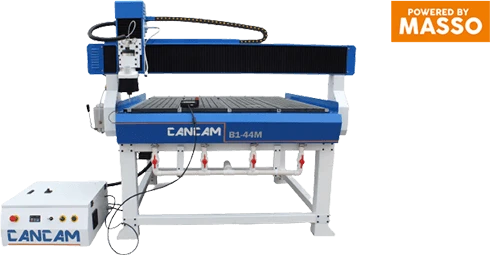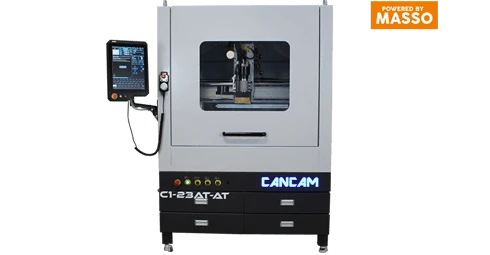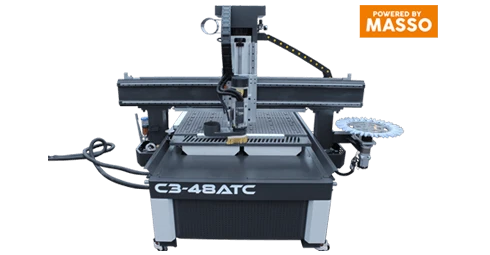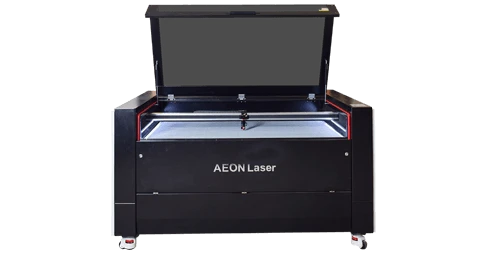Do You Need a Multi-Axis CNC Machine? Understanding the Capabilities of Multi-Access CNC Machines
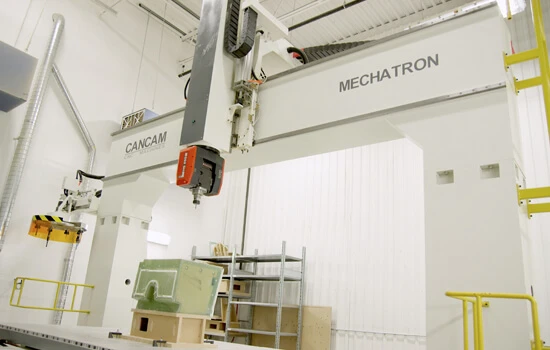 If you are considering the addition of a CNC machine for your workshop and are somewhat familiar with the available types of CNC machines, you likely have questions about axis options. Knowing how many axis in a CNC machine are available can help you to make the best choice for your workshop though you’ll want to keep in mind that more isn’t always better if you don’t need multi-axis functionality.
If you are considering the addition of a CNC machine for your workshop and are somewhat familiar with the available types of CNC machines, you likely have questions about axis options. Knowing how many axis in a CNC machine are available can help you to make the best choice for your workshop though you’ll want to keep in mind that more isn’t always better if you don’t need multi-axis functionality.
At CanCam, we know that for many hobbyists and small business owners, finding a high-quality CNC machine that fits their budget and operational needs can feel like a challenge. With many types of CNC machines available and a variety of axis capabilities, knowing which CNC machine is right for you might feel hard to know. In this post, we outline what you should know about multi-axis CNC machines. Keep in mind that you won’t necessarily need a 4, 5, 6, or more axis machine when you are just starting out.
Learn more about the variety of axis configurations available for CNC machines and contact a member of our team for help with determining which type of machine is best suited to your unique application.
Understanding the Different Types of Multi-Access CNC Machines
What is a 3 Axis CNC Machine – 3 3-axis CNC machines are the standard type of machine and are ideal for a wide range of applications, including cutting, milling, drilling, and tapping. 3-axis CNC machines can be used with a wide range of material types and generally offers enough versatility for hobbyist and small businesses looking to expand the capabilities of their workshop.
What is a 4 Axis CNC Machine – A 4-axis machine is much like a 3-axis machine, though it introduces an additional rotation around one of those axes, most commonly the X-axis. This rotational axis is often referred to as the A-axis. The addition of another axis makes the machine more versatile and is often used in industries such as the aerospace and automotive industries.
What is a 5 Axis CNC Machine – A 5-axis CNC machine is an advanced piece of manufacturing equipment that can move a tool or a part in five different axes simultaneously. Like 4-axis CNC machines, 5-axis machines are essential when precision and complex shapes, contours, and patterns are required. 5-axis CNC machines are frequently used in the aerospace and automotive industries as they provide advanced capabilities.
What is a 6 Axis CNC Machine – A 6-axis CNC machine is an advanced manufacturing tool that can move a tool or a part in six different axes simultaneously. This level of control allows for the machining of complex shapes and parts with high precision and efficiency and is frequently used in military, aerospace, automotive, and high-precision engineering industries.
How Many Axis Can a CNC Machine Have?
If you’ve ever wondered what is the most axis on a CNC machine you might be surprised to learn that the number of axes a CNC machine can have is 12. CNC machines come in various configurations, depending on the complexity of the parts they are designed to manufacture. Though 12-axis CNC machines do exist, they aren’t suitable for most workshops. Generally speaking, the number of axes a CNC machine can have typically ranges from 2 to 9 axes.
What is the Z-Axis on a CNC Machine?
Are you looking into a CNC machine but want a better understanding of what axis capabilities refer to? If you’ve wondered, what direction is the z axis on the CNC machine, the answer is simple. The Z axis is typically the axis of motion that represents vertical movement or, in the case of a horizontal machine, the axis perpendicular to the workpiece surface. The Z axis is one that will be present on all CNC machine types and is essential for projects of all kinds.
What is the C Axis on a CNC Machine?
The C axis on a CNC machine allows for precision and accuracy with the positioning of a material and is present in more advanced machines such as 6-axis CNC machines. The C axis can play a vital role when milling, dripping or tapping is required, though is also important for other tasks. For most CNC machines, the C axis” refers to the rotational axis that is perpendicular to the plane created by the X and Y axes.
Choosing a CNC machine for your workshop doesn’t have to be complex. When looking for industrial CNC machines for sale, keep in mind that the specific applications you require the machine for will be the most important factor when choosing how many axes you will need. Know that more isn’t always better if you don’t need that functionality. Contact the experts at CanCam today and let us help you find a CNC router that suits both your functional needs and budget.

